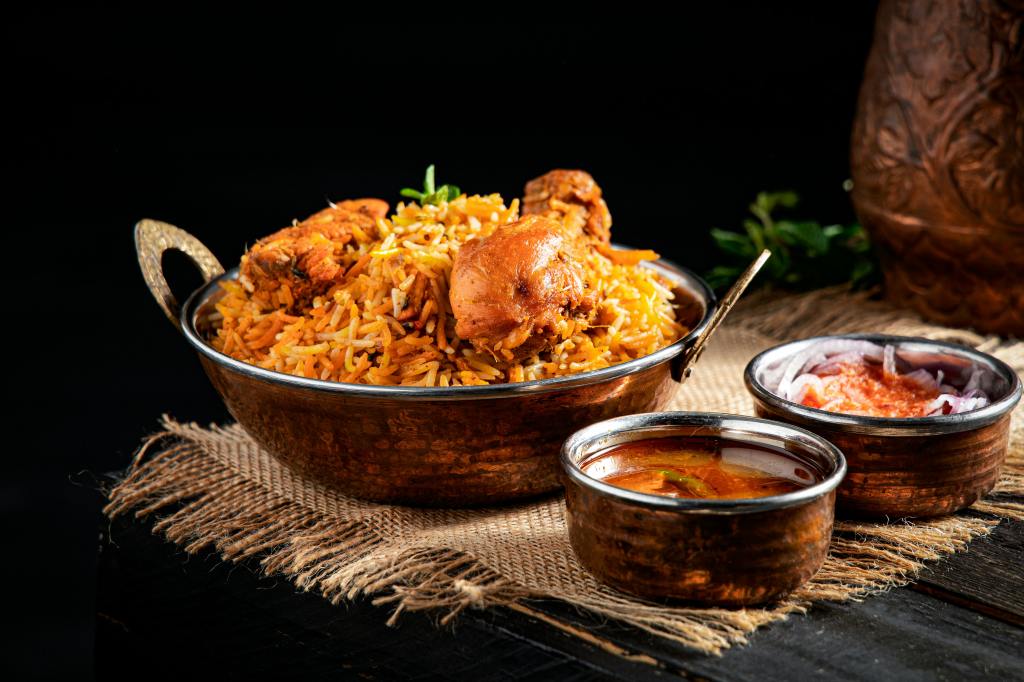Turks have a long history of delicious traditional food made of various spices and ingredients. We would have to look really deep into the history to see where the Turkish food originates from, but one thing we know is that there are centuries poured into the food that now comes to our tables on meals. Setting aside the foundation of all these amazing Turkish dishes, there are also vast differences between different regions of the country. In this article, I want to talk to you a bit more about food habits and different recipes of the people of different regions of the Republic of Turkey.
Let’s start our tour with the Aegean region, which is along the coast side of the Mediterranean. The food can be described as not too heavy when it comes to Aegean, they are not as meat-based as the food of other regions. And the frying that is usually very present in Turkish cuisine is not so present, it is possible to say the cuisine of Aegean is mainly focused on vegetables of all sorts and olive oil that is used with nearly every dish in Aegean. Those dishes give out a very fresh taste, which is fitting for a region so close to the sea. Of course when it comes to Aegean, we would also need to mention one food group that is an absolute favorite in the region. Fish. The locals love the fish so much that they have come up with creative ways to make the taste more delicious and savory.
Now, I believe it would also be appropriate to give honorable mention to the Mediterranean region even though it is reasonable to say that the food is similar to that of the Aegean region. But there are certain differences that can help you distinguish between the two regions quite easily. For starters, in the Mediterranean region, we start seeing a lot more dishes made by tahini. Turkey has a famous “meze” culture. Meze is a Turkish word that can be roughly translated as appetizers. Especially in the Mediterranean region, we have many different side dishes and appetizers made by uncommon ingredients, tahini being one of them. In the mediterranean, kebabs and dishes made with meat are also seen more often.
When you go along the coast side of the Mediterranean towards the southeast of Turkey, that is when the kebabs and anything and everything made with meat get introduced into the cuisine. It is impossible to go to the east of Turkey and not taste the delicious “kebabs”. The food also gets progressively spicier, the more to the east you go. The use of oil and spices and sugar is an essential for Turkish cuisine wherever you go, but it is more prominent in the east. The east of Turkey has colorful culinary choices and in the east the food is not just food, it is also a lifestyle. There is always a spectacle that comes with the meals, be that the music or traditional dances or even different serving styles. In the southeast there is a cultural event called “sıra gecesi” which entails traditional eastern food such as “lahmacun, kebap, içli köfte” and « şalgam » which is a traditional drink that is made of turnips, and traditional live music during the meal. The tradition tends to make the food tastier in our eyes and it is a joy to be able to dance the traditional dances in between different dishes.
There is also a region of Turkey that is infamous for its people. The Black Sea region is a mountainous and challenging landscape, which is said to make people more stubborn and more aggressive compared to other regions. The cuisine in the region is also very different compared to other regions in Turkey. Since the region is not fit to grow regular crops like fruits and vegetables that you would see everyday, people of the Black Sea region have gotten very creative with their food choices. The dishes in the region are mainly made of corn flour, fish and kale. Some famous dishes in the region are “hamsili pilav” which is anchovy rice, “cornbread” which is eaten as a side dish with nearly every meal instead of regular bread and “kara lahana çorbası” which is a soup made out of kale. This region’s food is not to everyone’s taste but it still adds a certain variety to Turkish cuisine.
In conclusion, Turkish cuisine has many different sides and everyone can find a little something in it to enjoy. Our food was molded by decades of cultural exchange and social conduct, so it would be unfair to call it just food. For us, our food is Turkish history and tradition.
BERNA YILMAZ
Sources:
Lezzet, Güneydoğu Anadolu Yemekleri
Lezzetten Haberler, Güneydoğu Anadolu Mutfağının Yöresel Tarifleri
Nefis Yemek Tarifleri, Akdeniz Yemekleri


Leave a comment